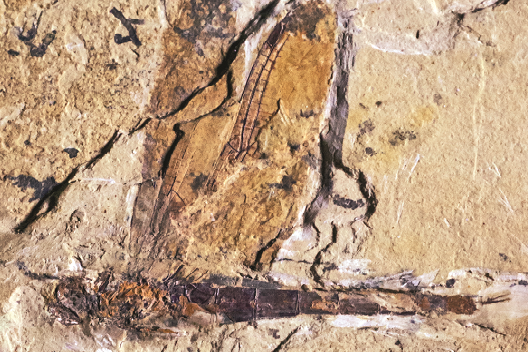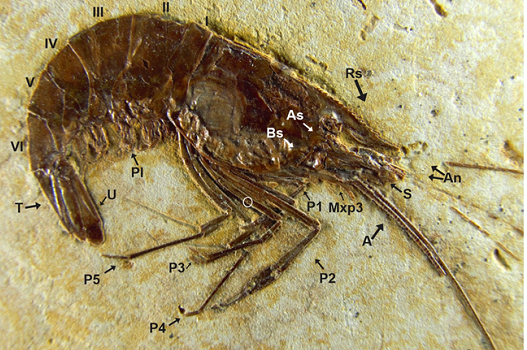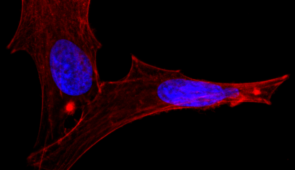By Olga Alcântara
The sequence stratigraphy of the Araripe basin is composed of nine geological formations. Although they can also be found in other formations of the basin, the Santana Group is known for its fossil abundance, occurring mainly in the Crato, Ipubi, and Romualdo formations.
The Crato Formation is a geological unit known for the extraction of laminated limestone (Cariri stone), commonly used in civil construction for the production of flooring. It has a vast diversity of vertebrate fossils, among which we can highlight the abundance of small fish, mainly of the genus Dastilbe, which are popularly known as the baby fish of the Araripe paleolake.
Additionally, the formation has a great diversity of invertebrate fossils such as those of arthropods, represented by the shrimp of the genus Beurlenia, and by the insects ensifera (crickets), anisoptera (dragonflies) blattoptera (cockroaches), and hymenoptera (wasps and ants), in addition to vegetable fragments such as those of fern plants of the genus Ruffordia, and conifers of the genus Brachyphyllum.
It is common to find remains of arthropods, as well as vertebrates such as anura, chelonia, crocodylomorpha, pterosaurs, and birds in laminated limestone fragments.
The Crato Formation has a plethora of fossils and they usually contain well-preserved soft tissues. Generally, these specimens are compressed or imprinted, but rarely three-dimensional. This formation is probably the result of the deposition process in one or more hard-water lakes (having a high mineral content) and a well-defined halocline (layer of water with increasing salinity according to depth).
The Ipubi Formation is mainly composed of gypsum and anhydrite deposits, interspersed with black shales. In this geological unit, an extensive amount of fossilized fish remains, woody plants, shellfish, ostracods, coprolites (feces), and caridean shrimp can also be found.
The Romualdo Formation consists of greenish-gray shales with layers of carbonate concretions made of micrite. Fossils are found in many of them, mostly coprolites, in addition to the fish popularly known as “Santana do Cariri fish stones”. In the shale layers, concretions of fish and shrimp are also found.
Its depositional environment is interpreted as being a coastal lagoon, with periodic marine incursions, as suggested by the occurrence of echinoidea (sand dollars). There are also findings of remains of ostracods, shellfish, decapods represented by fossilized crabs and shrimp, pterosaurs, chelonia, crocodylomorpha, dinosaurs, and plants. Along with the Crato Formation, it is considered a Konservat Lagerstätte, that is, a depositional layer with fossils in an excellent state of preservation.
Olga Alcântara is a researcher at the UFC Graduate Program in Geology
Translation: Isabelly Maia – Research Assistant at UFC’s Translation Laboratory (LETRARE/PROINTER)





